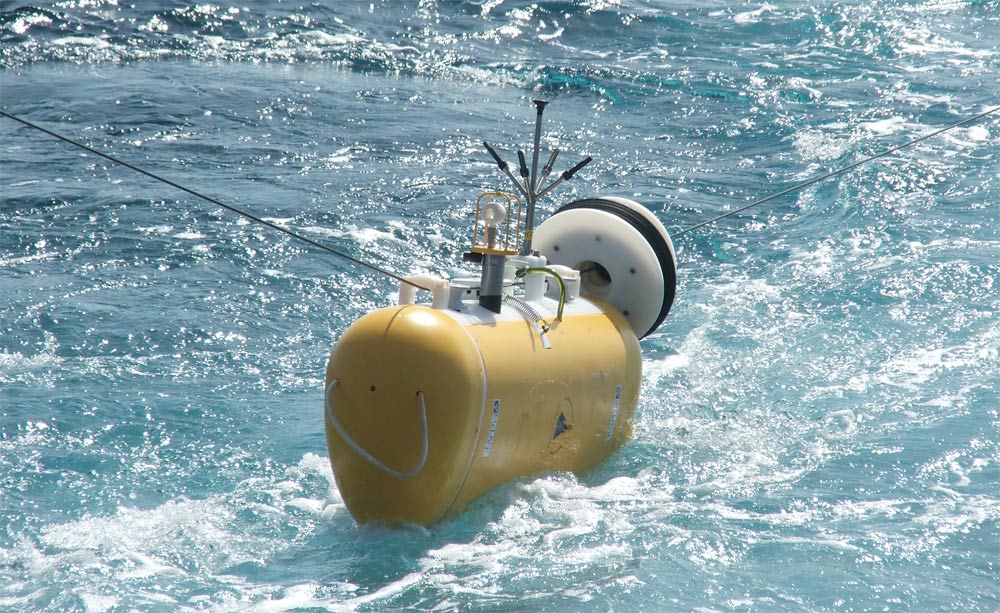
© The Daily Galaxy
At the 50th anniversary celebration of NASA on October 1, 2008, Stephen Hawking, then Newton's heir as the Lucasian Professor of Mathematics at the University of Cambridge, was asked the question, "Are we alone?" His answer was short and simple: "probably not."
Hawking outlined three possibilities: One, that there is no life out there; and two, somewhat pessimistically, that when intelligent life gets smart enough to send signals into space, it is also busying itself with stockpiling nuclear bombs.
Hawking, known not only for his sharp mind, but his also for his biting sense of humor, prefers option number three: "Primitive life is very common and intelligent life is fairly rare," he quickly added: "Some would say it has yet to occur on earth. "We should be careful if we ever happen upon extraterrestrial life, Hawking warns. Alien life may not have DNA like ours: "Watch out if you would meet an alien. You could be infected with a disease with which you have no resistance."
What we normally think of as 'life' is based on chains of carbon atoms, with a few other atoms, such as nitrogen or phosphorous, Hawking observed in his lecture, Life in the Universe. We can imagine that one might have life with some other chemical basis, such as silicon, "but carbon seems the most favorable case, because it has the richest chemistry."
The Earth was formed largely out of the heavier elements, including carbon and oxygen. Somehow, Hawking observes, "some of these atoms came to be arranged in the form of molecules of DNA. One possibility is that the formation of something like DNA, which could reproduce itself, is extremely unlikely. However, in a universe with a very large, or infinite, number of stars, one would expect it to occur in a few stellar systems, but they would be very widely separated."

